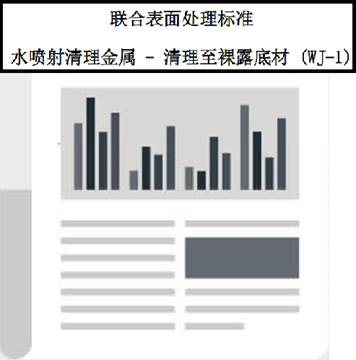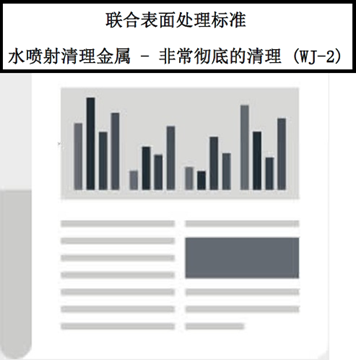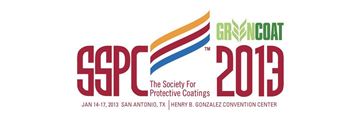Search
Products tagged with 'steel'
View as
Sort by
Display
per page
NACE SP0395-2013 (formerly RP0395), "Fusion-Bonded Epoxy Coating of Steel Reinforcing Bars"
Product Number:
21071-SG
Publication Date:
2013
$179.00
NACE SP0415-2015/IEEE Std 1895-SG, NACE International and IEEE Joint Standard Practice for Below-Grade Inspection and Assessment of Corrosion on Steel Transmission, Distribution, and Substation Structures
Product Number:
21189-SG
ISBN:
1-57590-311-3
Publication Date:
2015
$109.00
NACE WJ-1/SSPC-SP WJ-1-2012 (Editorial Corrections 1/5/2017), Waterjet Cleaning of Metals—Clean to Bare Substrate (WJ-1)
Product Number:
21158-SG
$179.00
NACE WJ-1/SSPC-SP WJ-1-2012-SG (Chinese), “Waterjet Cleaning of Metals—Clean to Bare Substrate (WJ-1)” Chinese Translation
Product Number:
21191-SG
ISBN:
1-57590-248-6
$179.00
NACE WJ-2/SSPC-SP WJ-2-2012 (Editorial Corrections 1/5/2017), Waterjet Cleaning of Metals—Very Thorough Cleaning (WJ-2)
Product Number:
21155-SG
$179.00
NACE WJ-2/SSPC-SP WJ-2-2012-SG (Chinese), “Waterjet Cleaning of Metals—Very Thorough Cleaning (WJ-2)" Chinese Translation
Product Number:
21192-SG
ISBN:
1-57590-249-4
$179.00
NACE WJ-3/SSPC-SP WJ-3-2012 (Editorial Corrections 1/5/2017), Waterjet Cleaning of Metals—Thorough Cleaning (WJ-3)
Product Number:
21156-SG
$179.00
NACE WJ-3/SSPC-SP WJ-3-2012-SG (Chinese), “Waterjet Cleaning of Metals—Thorough Cleaning (WJ-3)” Chinese Translation
Product Number:
21193-SG
ISBN:
1-57590-250-8
$179.00
NACE WJ-4/SSPC-WJ-4-2012 (Editorial Corrections 1/5/2017), Waterjet Cleaning of Metals—Light Cleaning (WJ-4)
Product Number:
21157-SG
ISBN:
1-57590-251-6
$179.00
Preparing and Lining Concrete For Immersion Service Steps and Procedures To Avoid Failures
Product Number:
41213-768-SG
Publication Date:
2013
$20.00
Probabilistic Assessment of Hydrogen Stress Cracking of Steels and CRA in Sour Environments
Product Number:
51324-20409-SG
Publication Date:
2024
$40.00
Reduction of Tool Wear and Loads During Friction Stir Welding of Steel for Pipeline Fabrication
Product Number:
MPWT19-14275
Publication Date:
2019
$0.00












